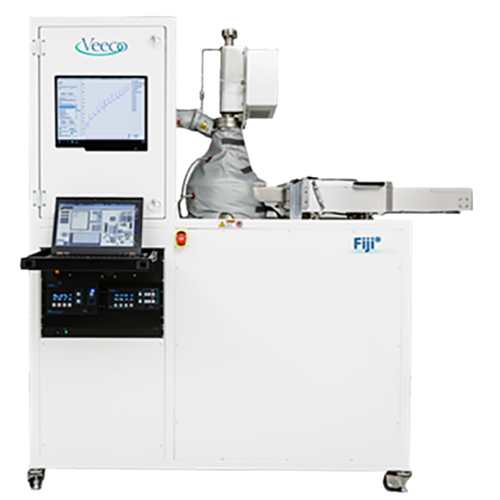New Equipment and Process Capabilities
N FF (CWB) has been awarded funding from the Office of the Vice-President for Research & Development (VPRDO) to acquire a new Atomic Layer Deposition (ALD) system from Veeco. This modular, high-vacuum ALD system accommodates a wide range of deposition modes using a flexible architecture and multiple configurations of precursors and plasma gases. In addition to the deposition of Al2O3, the new ALD will also enable the deposition of thin films of SiO2 and TiO2. It is scheduled to be delivered to HKUST in February 2025.

In addition to ALD, NFF (CWB) has also been awarded REC funding (project number: REC23CR20) for the 2023/24 fiscal year to acquire a new LPCVD furnace from ECM Greentech for HTO (High Temperature Oxide) deposition. This compact batch-type horizontal furnace has a temperature range from 730 to 950 °C. Compared to Lower temperatures, the quality and conformality of deposition at higher temperatures are superior to that of LTO (Low Temperature Oxide). The expected delivery date is February 2025.

The Samco ICP-RIE system RIE-400iP utilises high-density inductively coupled plasma (ICP) to achieve precise etching. The system features an advanced ICP source, temperature-controlled electrode, and a high-flow exhaust system, all within a compact, space-saving design, to facilitate the metal etching process. It is scheduled to be delivered to HKUST in 2025.

The Compact Nanoimprint Tool CNI v3.0 from NIL Technology is another piece of equipment funded by REC (project number: REC23CR21) for the 2023/24 fiscal year. This desktop-sized tool is designed for nano-imprinting and hot embossing, utilizing a master to transfer micro- or nano-structures onto a substrate. The CNI tool can perform both thermal and UV replication. It has been delivered to HKUST and is currently under installation and testing.

NFF (CWB) has purchased a lab-scale wafer electroplating set from YAMAMOTO-MS Co., LTD. This set is designed for 4-inch silicon wafers. By using dedicated jigs, precision plating of semiconductors, MEMS, and micromachines is possible. It has been delivered to HKUST and is currently under installation and testing.
